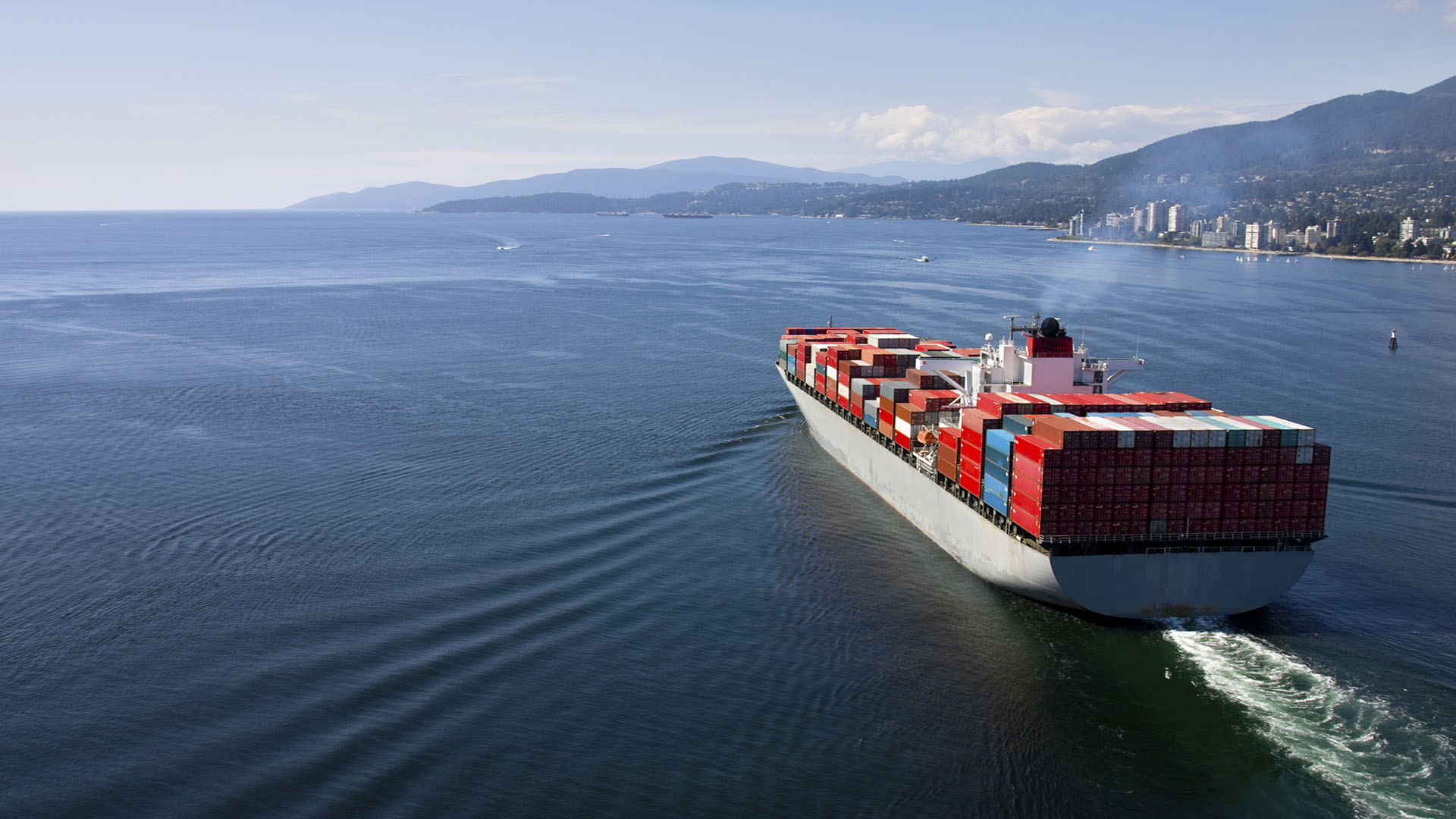
Coronavirus (COVID-19) – FAQs P&I
Göteborg:
By: Birgitta Hed, Senior Claims Manager, P&I and James Mackay, Claims Executive Consultant
This Guide discusses questions of Club cover and contracts of carriage in various scenarios based on general enquiries concerning the Coronvirus pandemic.